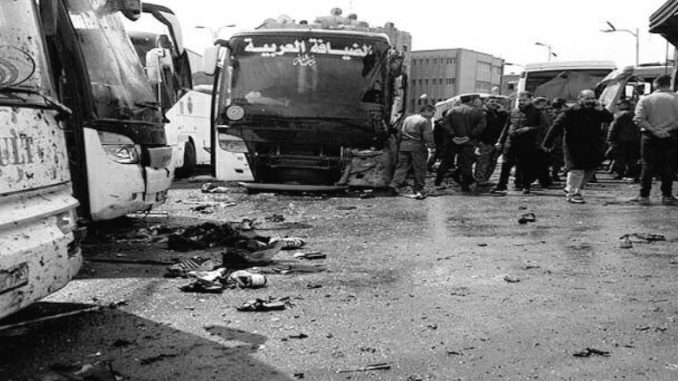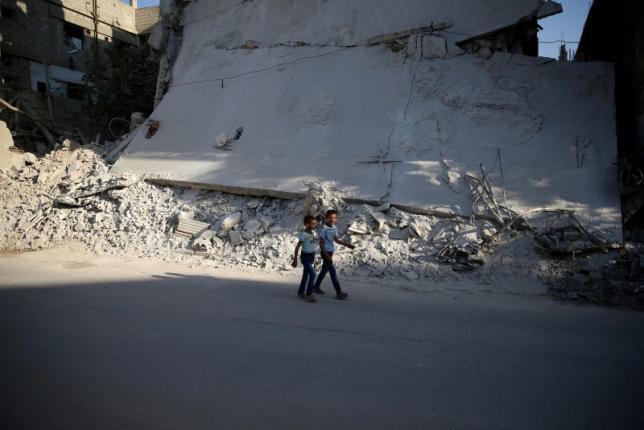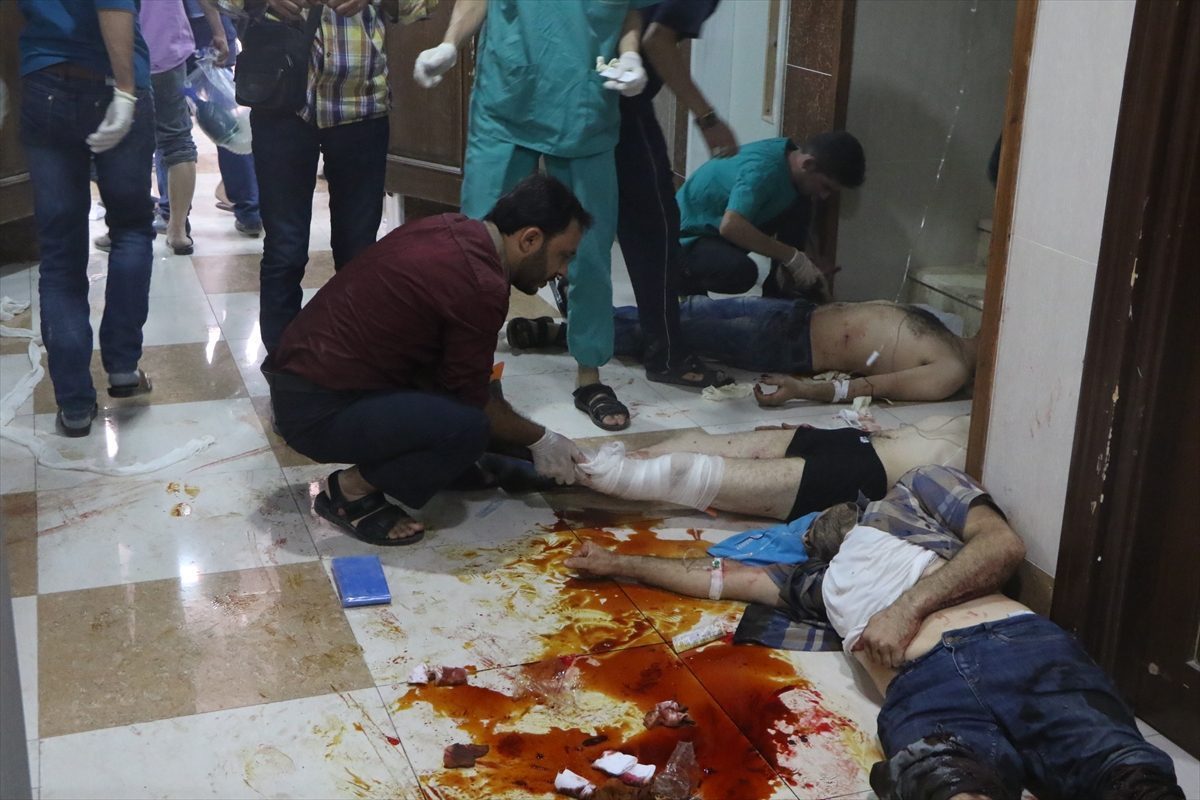
Two bombs killed at least 40 people, mostly Iraqi Shia pilgrims, and wounded more than 100 others in the Old City of Damascus on Saturday in a rare attack in the Syrian capital, yet one of many that targeted the Shiite shrines in the city.
The blasts occurred near the Bab al-Saghir cemetery in the Old City. The Syrian authorities classified the explosions as a terrorist attack, according to SANA news agency. Iran’s Press TV said the death toll has climbed to 40. Over 100 people were wounded.
No claim of responsibility was immediately made for Saturday’s attack.
A Syrian security source told Sputnik most of the wounded persons had been hospitalized and were undergoing treatment. Some messages suggested the blasts targeted a number of Shia pilgrims from Iraq.
“Preliminary statistics indicate the fall of around 40 Iraqi martyrs and 120 wounded,” Iraqi foreign ministry spokesman Ahmed Jamal said in a statement, terming it a “criminal terrorist operation”.
Interior Minister Mohammed al-Shaar visited the wounded in local hospitals.
Shaar said the attacks targeted civilians, including Arab visitors, who were frequenting the shrines in the area. He didn’t elaborate, but Iraqi Shias often visit shrines in Syria. Iranians and other Shia from Asia are often also among the pilgrims to the area.
The Bab al-Saghir is an important Shiite site as it contains the remains of those killed in the “Battle of Karbala.”
![Syrian soldiers and civilians inspect the damage at the site of Saturday's attack [Omar Sanadiki/Reuters]](http://www.aljazeera.com/mritems/imagecache/mbdxxlarge/mritems/Images/2017/3/11/57f59b4440ef44899ffe4bd6412b0ce5_18.jpg)
How were the attacks conducted
There were conflicting reports on what caused the explosions.
Jamal said roadside bombs targeted buses carrying the pilgrims.
The UK-based Syrian Observatory for Human Rights said a roadside bomb detonated as a bus passed and a suicide bomber blew himself up in the Bab al-Saghir area, which houses several Shia mausoleums that draw pilgrims from around the world.
Syria’s SANA state news agency reported that both blasts were caused by explosive devices near the Bab al-Saghir cemetery.
A journalist said the attack was one of the deadliest in recent memory in the Syrian capital. She noted, however, there had been an attack in January that targeted soldiers and killed 10 people.
“We are talking about a very significant death toll … What is unique is that Damascus – which is President Bashar al-Assad’s stronghold, he has firm support there – has been relatively safe. Attacks like this are not common,” she said.
The Sayeda Zeinab mausoleum to the south of Damascus, Syria’s most visited Shia pilgrimage site, has been hit by several deadly bombings during the six-year crisis.
In June 2016, a twin attack near the shrine has killed at least 12 people, while the Islamic State (ISIS) group claimed responsibility for the attacks via an online post.
The Observatory, however, reported a higher toll of at least 20 people killed and 30 wounded.
A string of ISIS bombings near the shrine in February 2016 left 134 people dead, most of them civilians, according to the Observatory. And in January 2016, another attack claimed by ISIS killed 70 people.
These attacks come as a response to the Shiite presence in Syria, as Assad has been supported in the country’s war by Shia militias from countries including Iran, Iraq, Afghanistan, and Lebanon.
The Syrian crisis began as a peaceful demonstration against the injustice in Syria. Assad regime used to fire power and violence against the civilians and led to armed resistance. 450.000 Syrians lost their lives in the past five years according to UN estimates, and more than 12 million have lost their homes.



